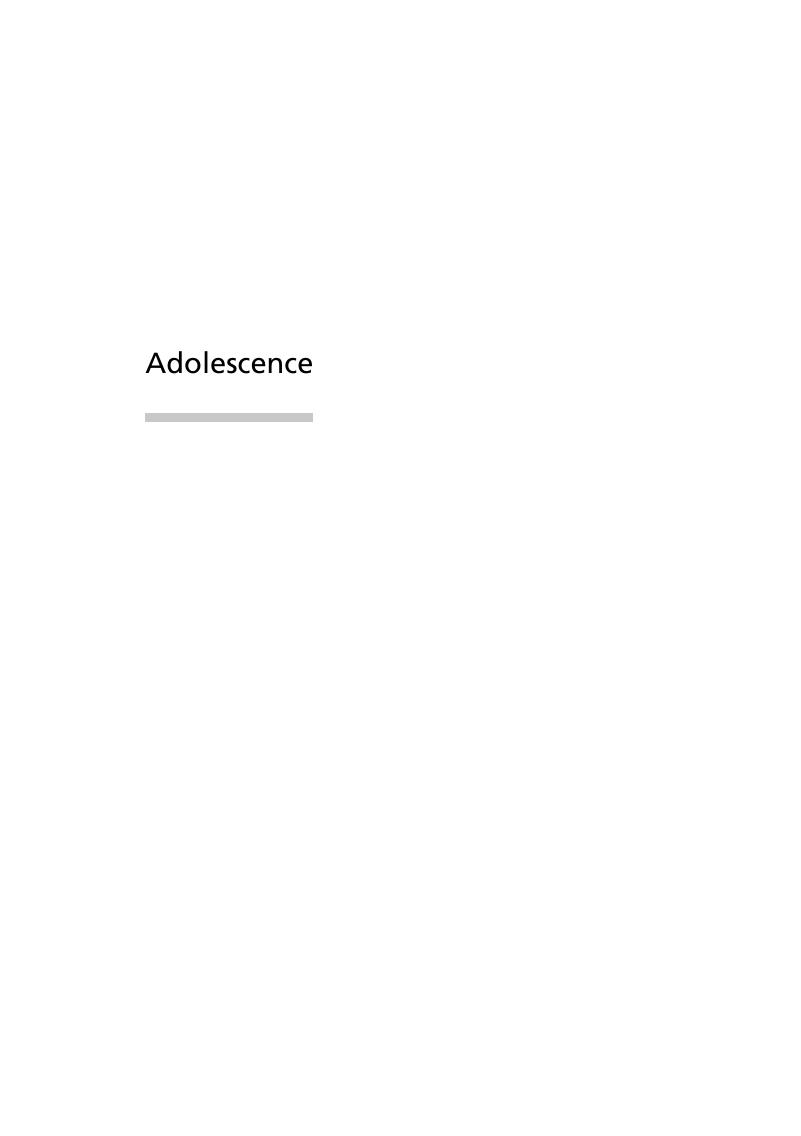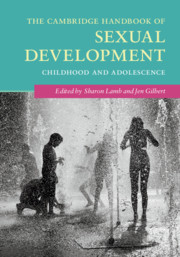Book contents
- The Cambridge Handbook of Sexual Development
- The Cambridge Handbook of Sexual Development
- Copyright page
- Contents
- Notes on Contributors
- Acknowledgments
- Introduction
- Part I What Is Sexual Development?
- Children
- Adolescence
- Part II How Do We Study Sexual Development?
- Part III Media, Family, Education
- Index
- References
Adolescence
from Part I - What Is Sexual Development?
Published online by Cambridge University Press: 27 December 2018
- The Cambridge Handbook of Sexual Development
- The Cambridge Handbook of Sexual Development
- Copyright page
- Contents
- Notes on Contributors
- Acknowledgments
- Introduction
- Part I What Is Sexual Development?
- Children
- Adolescence
- Part II How Do We Study Sexual Development?
- Part III Media, Family, Education
- Index
- References
Summary

- Type
- Chapter
- Information
- The Cambridge Handbook of Sexual DevelopmentChildhood and Adolescence, pp. 139 - 140Publisher: Cambridge University PressPrint publication year: 2018



